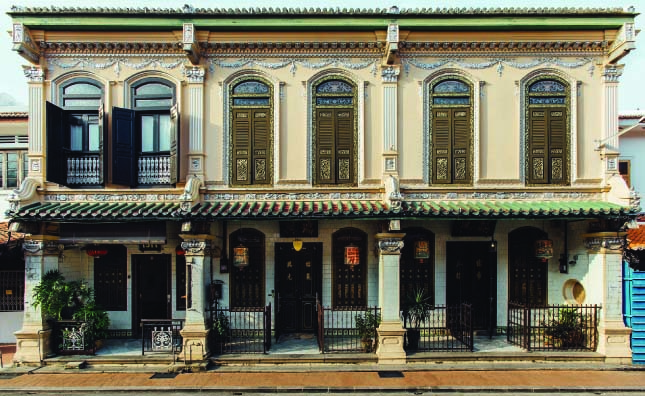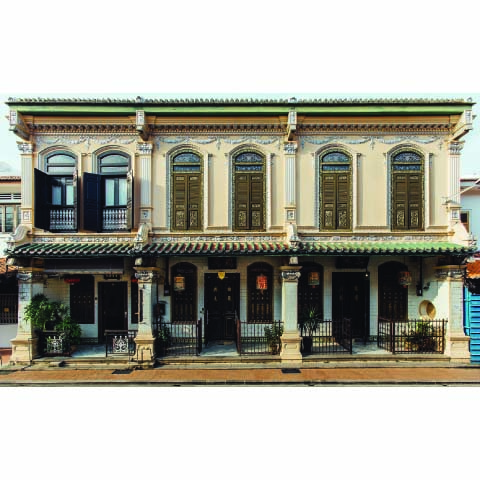
The Chinese mestizo culture in the Philippines is a rich and colorful blending of the Malay and Chinese culture. The unique religious syncretism practiced here, the fascinating mixture of traditions, customs and beliefs on life rituals from marriage, birth and death are living testaments to this.
This hybridization and indigenization of Chinese and Malay culture is even more pronounced in Malaysia. The unique and colorful Baba-Nyonya culture brought about by early Chinese-Malay intermarriages can be seen in all aspects of life in Malaysia.
Nowhere in Malaysia is the Baba and Nyonya culture more evident than in Melaka (now known as Malacca), dubbed as China’s gateway to Southeast Asia. Indeed, Melaka was one of the busiest ports visited by Chinese traders via the western ocean route (西洋針路).
Zheng He’s fleet, in his western voyage (鄭和下西洋), sailed to Melaka five times out of seven voyages. His crew members intermarried with native Malay women.
Unlike other countries like the Philippines, where the children of Chinese mestizo unions were raised mainly by the Malay women, the Chinese who sailed with Zheng He left a more dominant socio-cultural imprint that gave rise to the distinct sub-ethnic group known as the Peranakan (native born) or the Baba-Nyonya in Malaysia.
Malaysia’s school history books, from grade school to college levels, all contain accounts of Zheng He’s visits and the early relations between Malaysia and China.
The Malaysian Chinese form the second largest community of Chinese overseas in the world. However, the Chinese population in Malaysia relative to the total population has been steadily declining. From 37.6 percent in 1957 to 24.6 percent in 2010, it now hovers between 20 to 21 percent, due to high level of emigration in recent decades as well as lower a birthrate compared to that of native Malays.
